A guide to the icons of men’s footwear
There is a wide variety of shoes, each suited to a specific style and occasion. Whether casual, formal, or sporty, choosing the right shoes is essential to combine comfort and elegance every day.
There is a wide variety of shoes, each suited to a specific style and occasion. Whether casual, formal, or sporty, choosing the right shoes is essential to combine comfort and elegance every day.
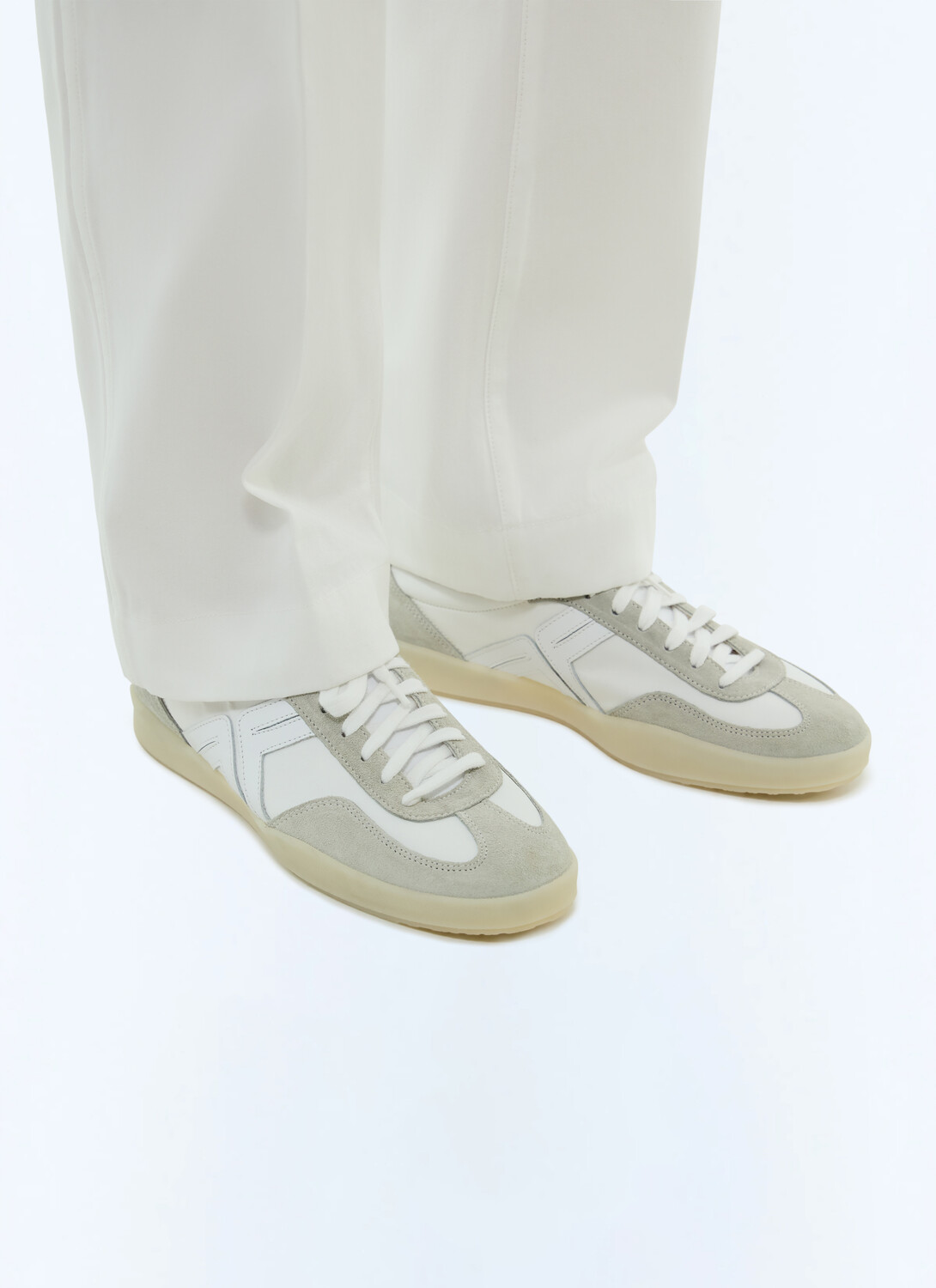
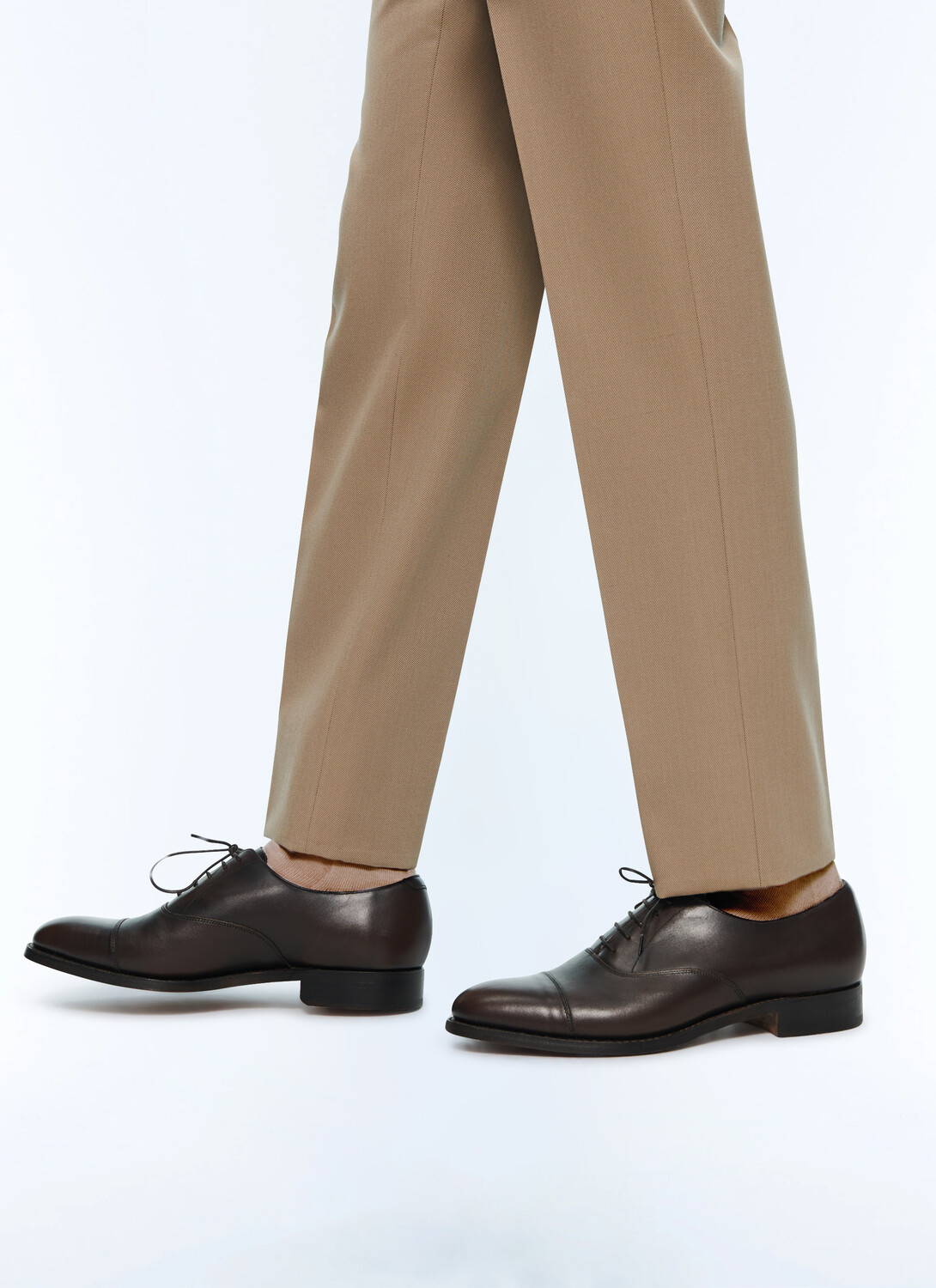
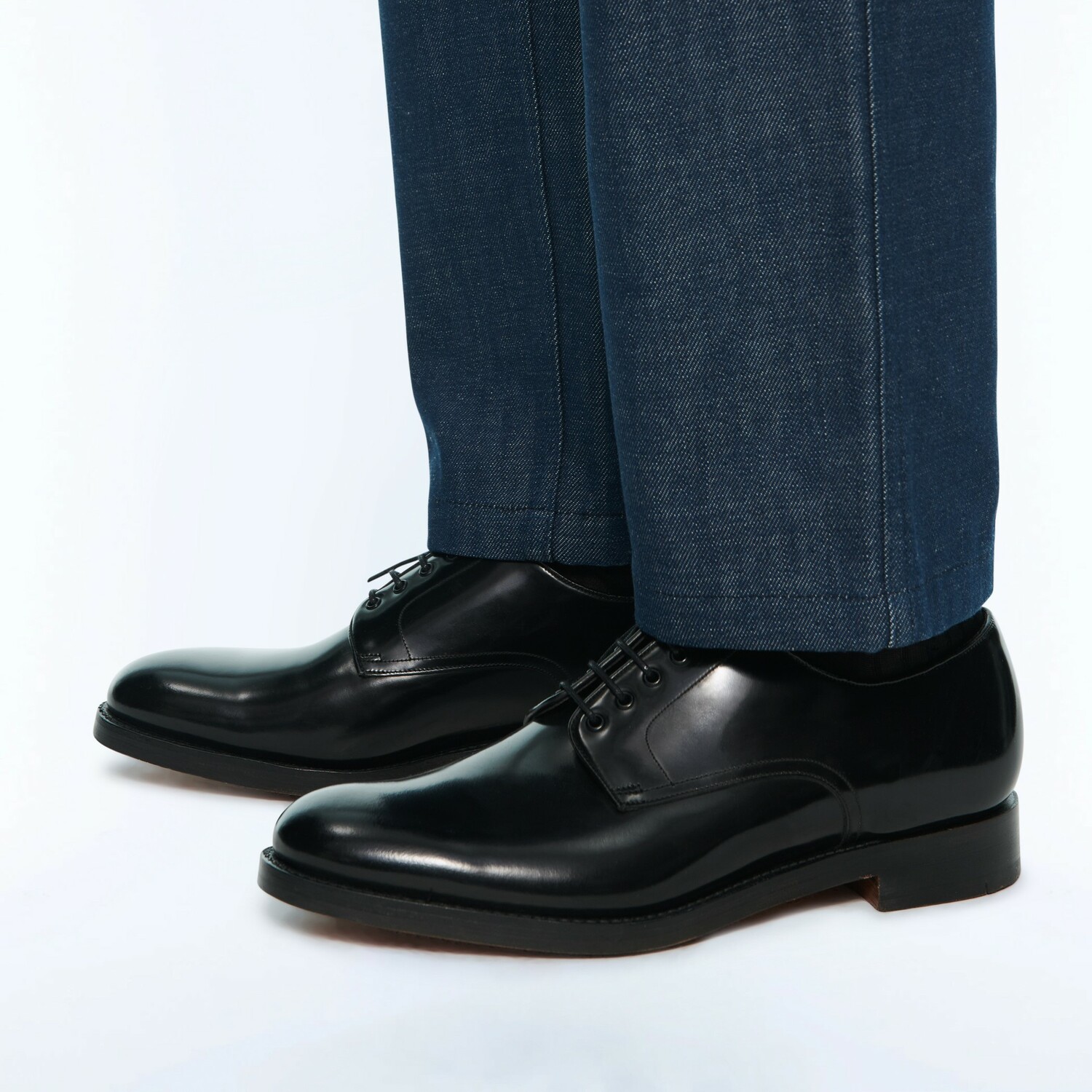
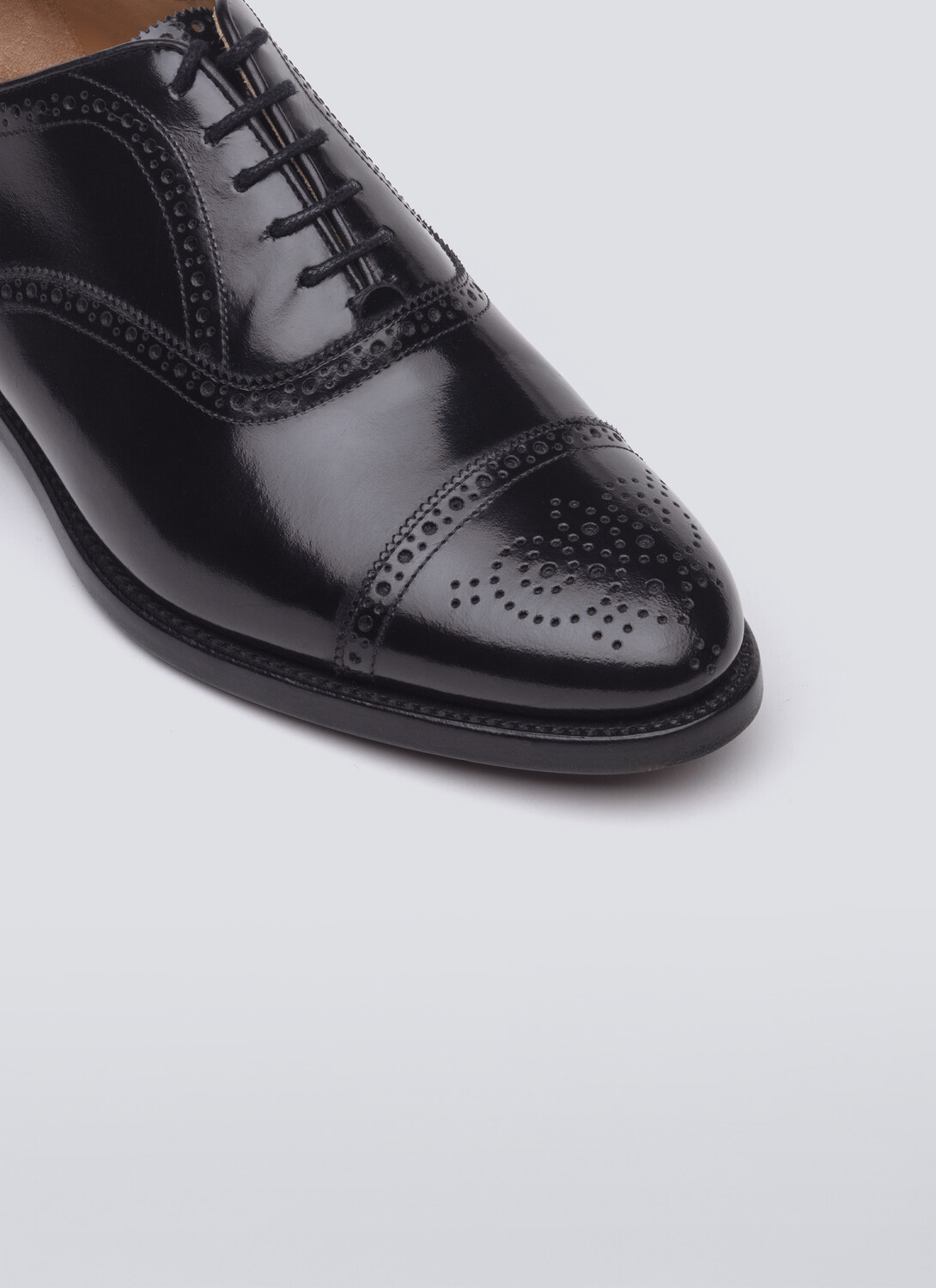
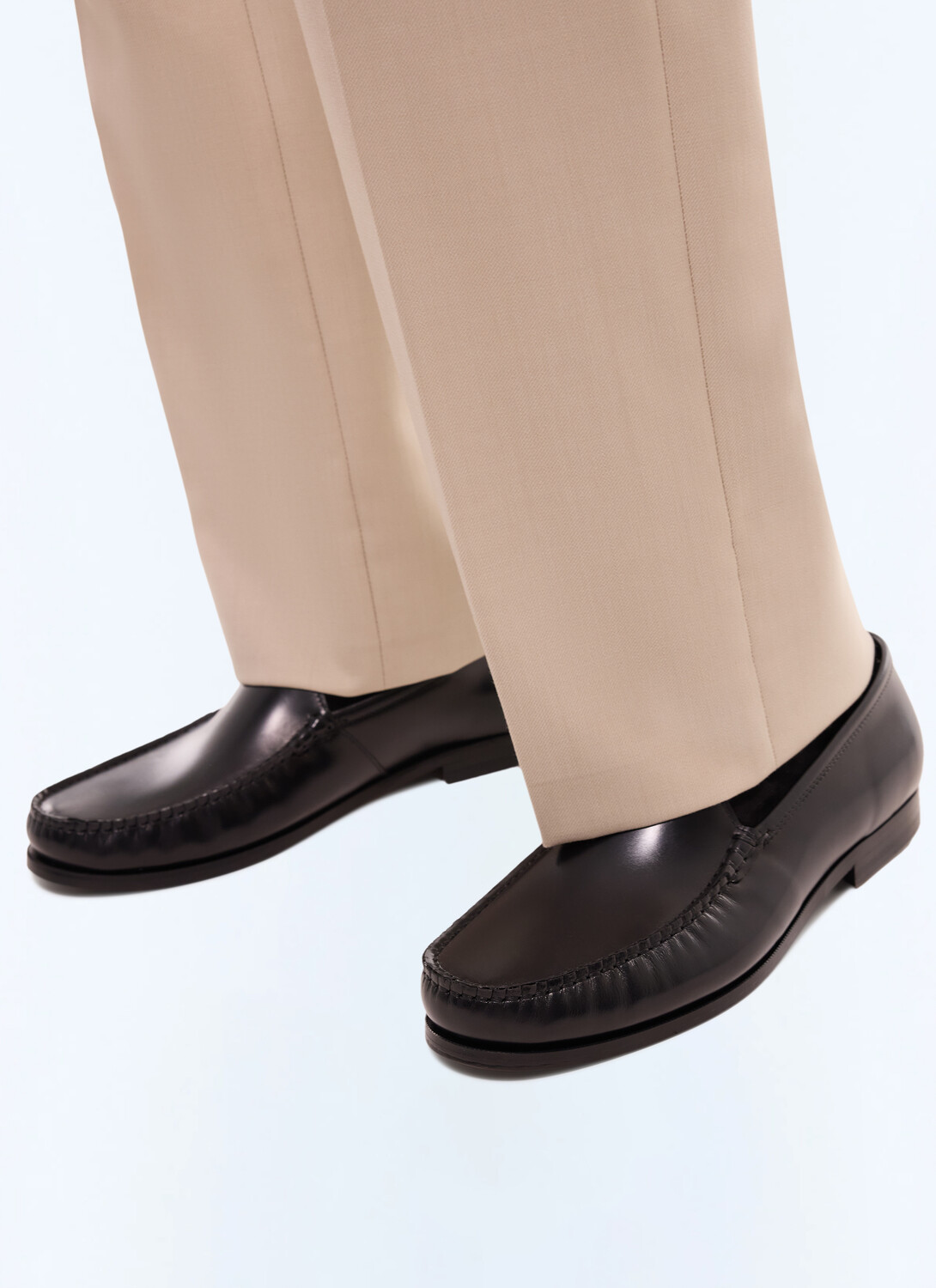
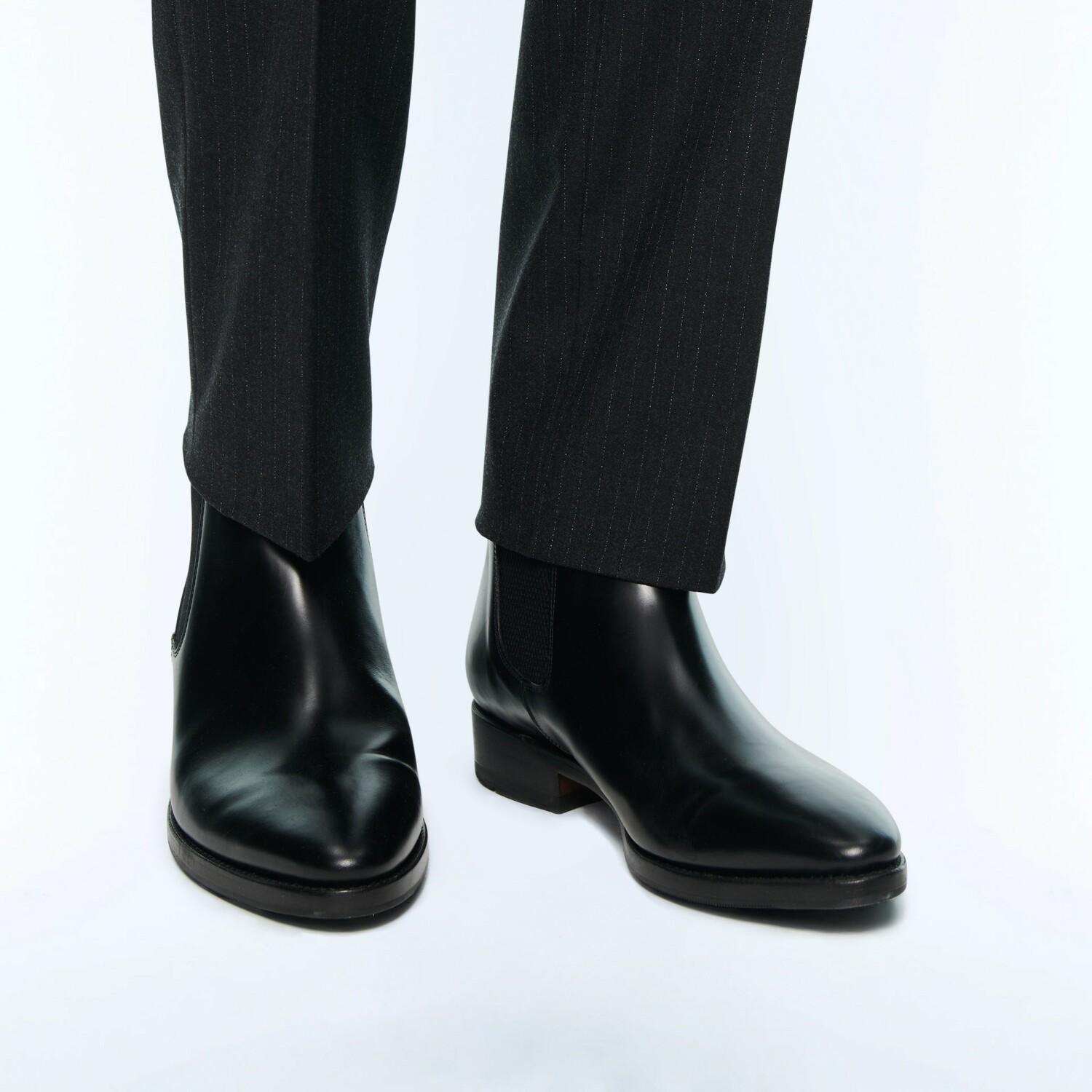
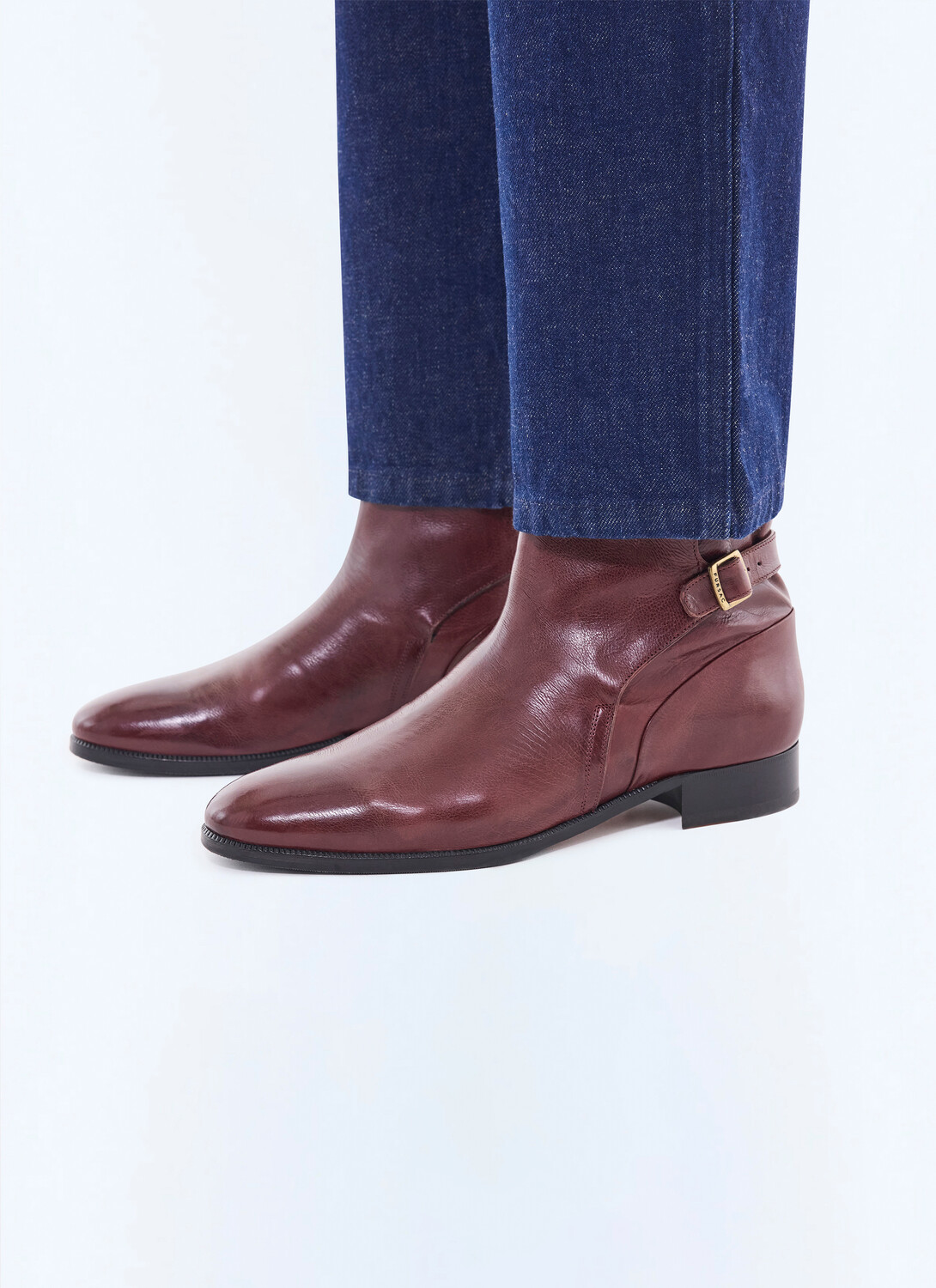
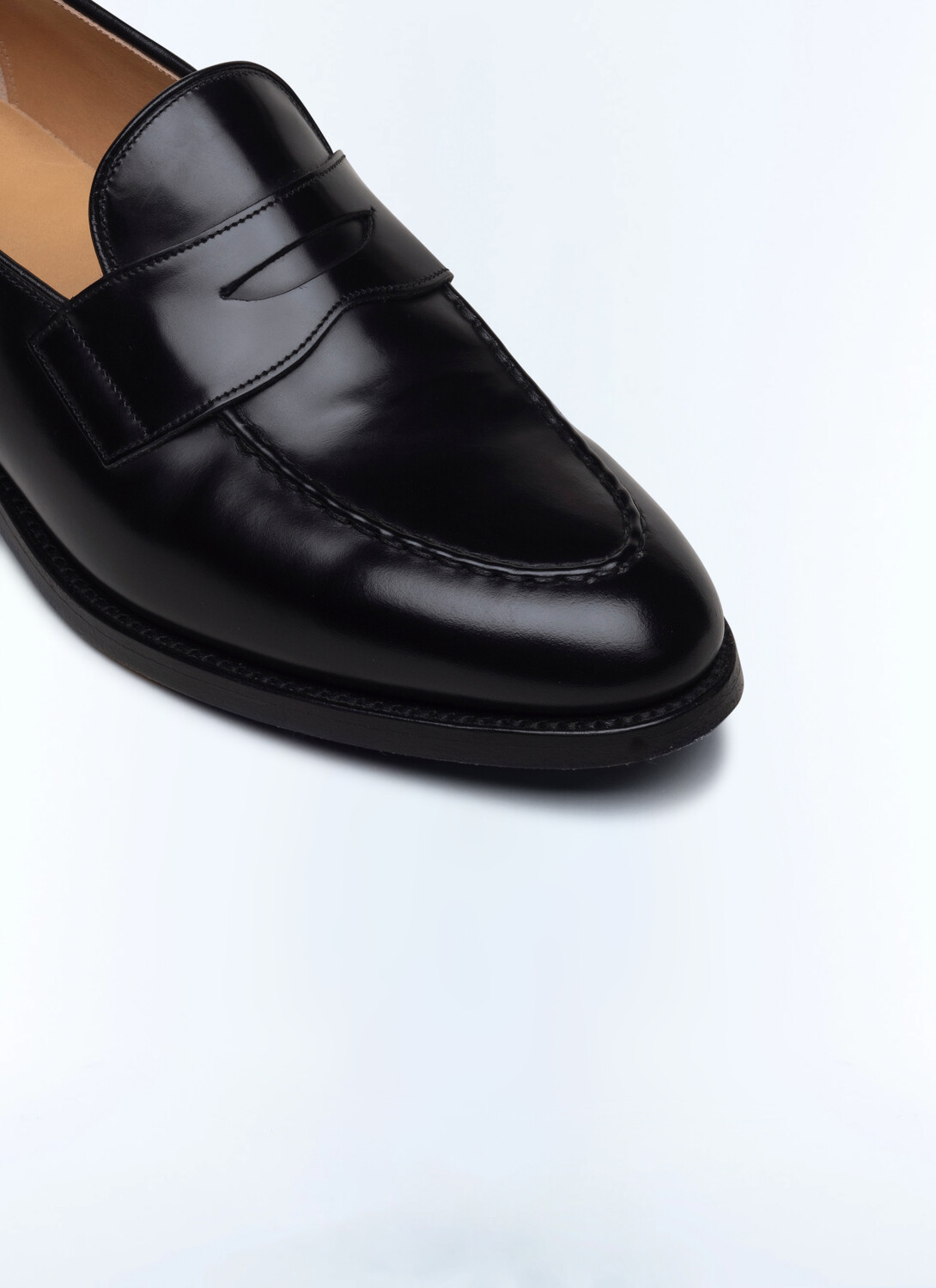
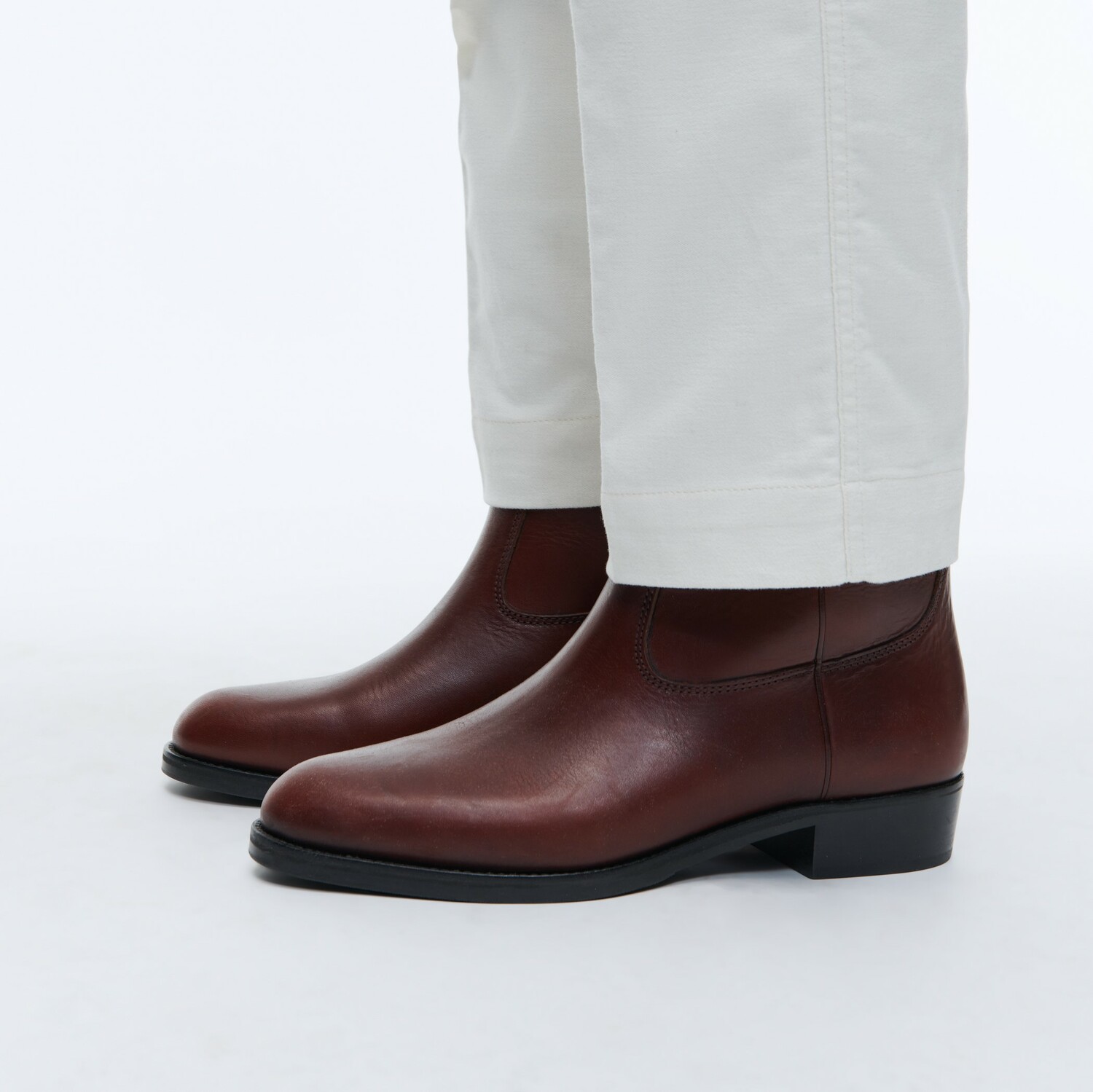
Suggestions
You are currently browsing the FURSAC International online shop in English. To change your country of delivery or language, make your choice from the list below.